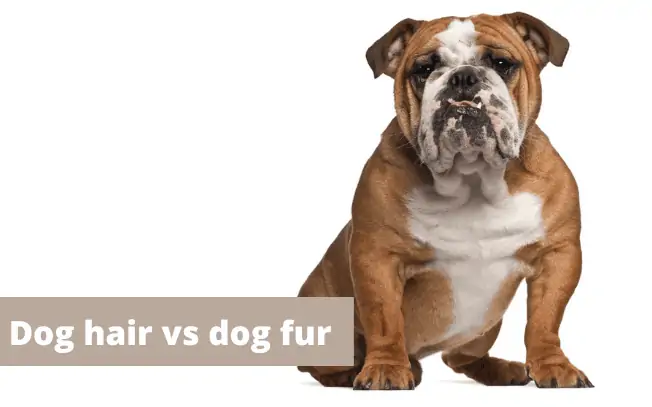Last Updated on
Most people think of fur in relation to dogs (and other animals) and hair in relation to humans.
But did you know dogs can have either hair or fur?
Scientifically, hair and fur are exactly the same—they are made from Keratin, a protein found in hair and nails, but beyond that, they differ in texture, length, and appearance.
Aside from how they look and feel, it’s important to know whether your dog has hair or fur so you know how to properly care for your pooch’s coat.
Primary Differences Between Dog Hair And Fur
First, let’s get into the science behind the two: dog hair usually has a longer growth cycle with a longer anagen phase (we’ll dive into the anagen phase later on).
What does this mean?
Well, due to the continuous growth, dog hair is more wavy, long, and thick. Plus, hair is considered “hypoallergenic.”The reason I put that word in quotations?
No dog can be truly 100% hypoallergenic.
And while some people find that their allergies improve with a low-shedding dog (or one with less dander), some people notice no difference.
Dog hair also has a fine texture; it’s thin and does not shed heavily.
Think Poodles—Poodles have dog hair.
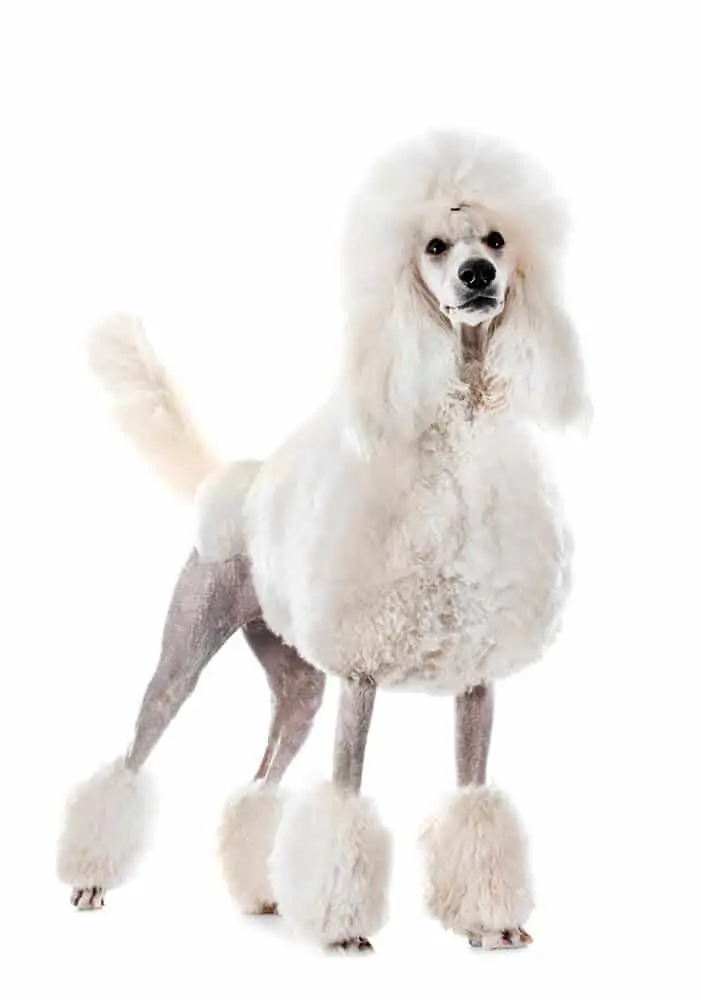
Dog fur, on the other hand, is thicker and denser. It has a shorter growth cycle and therefore, dogs with fur, shed more.
Dog fur also grows thicker during the winter to produce warmth and keep dogs protected from the chills. A perfect example of dog fur is Huskies.
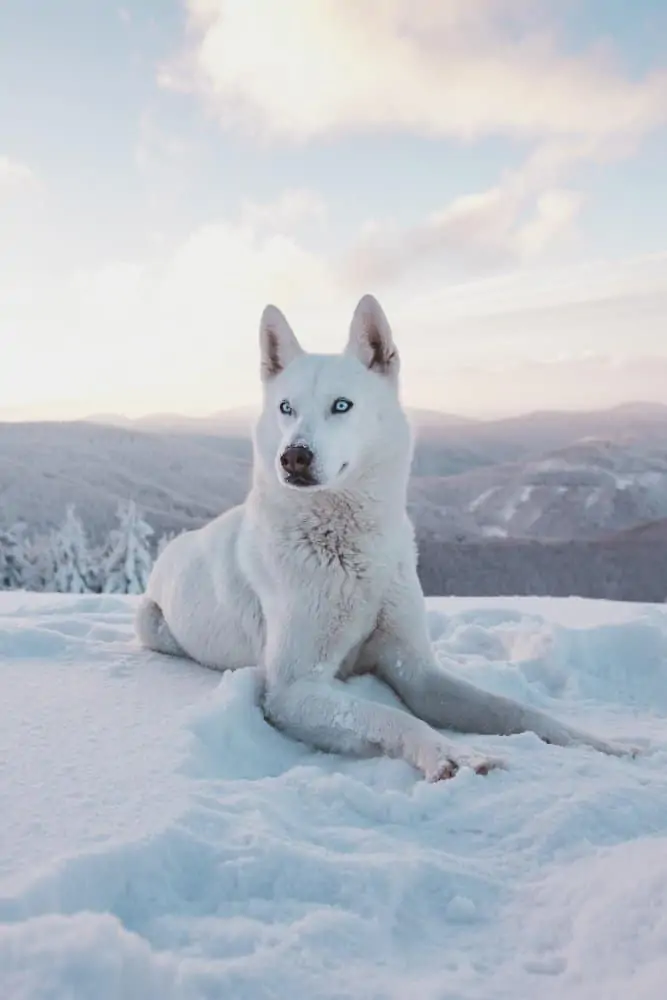
But there’s even more to learn about dog hair and fur, so let’s dive deeper.
Growth
The most significant difference between dog hair and fur is the growth cycle. There are different phases of fur or hair growth, and the initial phase is called the anagen phase.
It’s the phase where the fur or hair is growing actively. Dogs with hair stay in the anagen stage for a longer period, meaning they reach the exogen phase, or the stage where dog hair is lost, very late.
Dog hair needs more care and regular brushing to maintain the texture, prevent matting, and keep tangles at bay.
Dogs with fur shed early. Their anagen phase is not as long, which is why they shed more than dogs with hair.
Thickness
Dog fur tends to be thicker because dog breeds who have fur have more hair follicles. More hair follicles equal more fur. This results in thick, dense coats. Dogs with hair, on the other hand, have less follicles, and can have thinner coats.
However, it’s often hard to notice this difference as plenty of dogs with hair still have very thick-feeling coats. Take Doodle-breed dogs, for example, who are famous for their thick, fluffy coats.
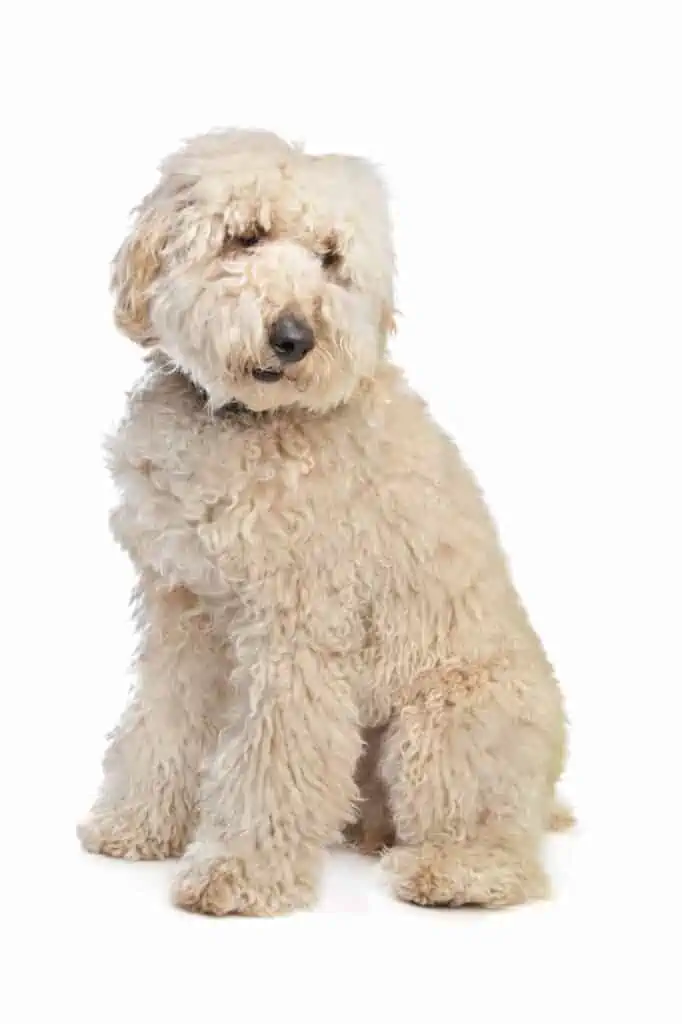
They might look like they have thick hair, but in comparison to dogs with fur, it’s actually a bit sparser.
Allergic Reactions
Dogs with hair tend to be labeled as “hypoallergenic” because they spread less dander. But it’s not the dog hair/fur that people are actually to.
Allergic reactions are caused by a protein found in skin cells (known as dander), saliva, and protein. Since dogs with fur shed more, it spreads dander in a higher percentage, causing allergies.
However, that doesn’t mean dogs with hair won’t cause allergies. It just means that some people can keep their allergies under control with dogs who have low-dander or shed less.
But, these types of people could still have allergies due to the protein found elsewhere (like a dog’s saliva).
Types
Another difference between dog hair and fur is the type. Dogs with fur have a double coat. The top coat is called guard hair, and the underlayer is called the ground layer.
The underlayer is mainly for insulation and has a soft texture. The upper layer has a coarse texture to keep the dog protected.
Dogs with hair have a single coat with a mix of soft and coarse hair.
Grooming
How often you groom your dog depends on whether they have hair or fur (and other factors).
Dogs with hair need more grooming than dogs with fur. As hair grows longer, dander remains trapped inside it making dogs prone to matting and tangles.
Therefore, you need to brush them regularly—often daily—to keep the hair healthy. But don’t bathe your dog too often. Unlike humans, bathing your dog too often will make its hair dry and coarse.
Even though dog fur does not get entangled easily, brushing them frequently is recommended. Doing so will keep their hair free from knots.
Dog fur also does not need frequent trimming due to frequent hair shed and slow hair growth. Pet owners of dogs with fur should reach out to their local groomer to ask how often it’s necessary to take Fido in for a trim.
How To Spot The Difference Between Dog Hair And Fur
I know it could be tricky to spot the difference between fur and hair. But I’ll share with you some of the ways you can figure out the difference:
- Length: Check the length. As mentioned, hair is longer compared to fur. Hence it’s the best way to spot the difference.
- Texture: If your dog’s body feels very smooth, it means your dog has hair. Hair tends to be a lot thinner and smoother than fur. If it feels a bit coarse, it’s likely fur.
- Shedding: The fur follicle sheds more than hair. If you are tired of vacuuming and cleaning hair in your house, most probably, your dog has fur.
- Coat Type: If the dog has two layers, your pup has fur, and if there is only a single layer with a fine texture, they have hair.
Examples of Dogs Breeds With Hair
Some of the dog breeds with hair are:
- Shih Tzus
- Poodles
- Yorkshire Terriers
- Afghan Hound
- Coton de Tulear
- Havanese
- Pekingese
- Briard
Examples of Dog Breeds With Fur
Breeds with dog fur are:
- Bichon Frise
- Pomeranian
- English Sheepdog
- Bearded Collie
- Samoyed
- German Shepherd
- Tibetan Mastiff
- Siberian Husky
- Great Pyrenees
Wrapping Up
Hopefully now you can identify whether your pup has hair or fur. Knowing which one they have will help you take better care of their coats.
And if you have dog allergies, you might want to see how you do around dogs like Poodles or Shih Tzu.
Just remember that dog allergies are from the protein found in skin cells, saliva, and urine. And just because a dog doesn’t shed, doesn’t mean you won’t have allergies.
This article may include affiliate links. www.travellingwithadog.com is a participant of Amazon.com Services LLC Associates Program. As an Amazon Associate, I earn a commission from qualifying purchase. www.travellingwithadog.com participates in other affiliate programs, and recieves commissions when purchases are made through the links. The cost is not inflated to account for the commission earned.
Veterinary Disclaimer: travellingwithadog.com is not a substitute for veterinary advice and does not intend to provide any type of veterinary advice for your animals. Please consult your vet for any questions you have regarding your pets health.
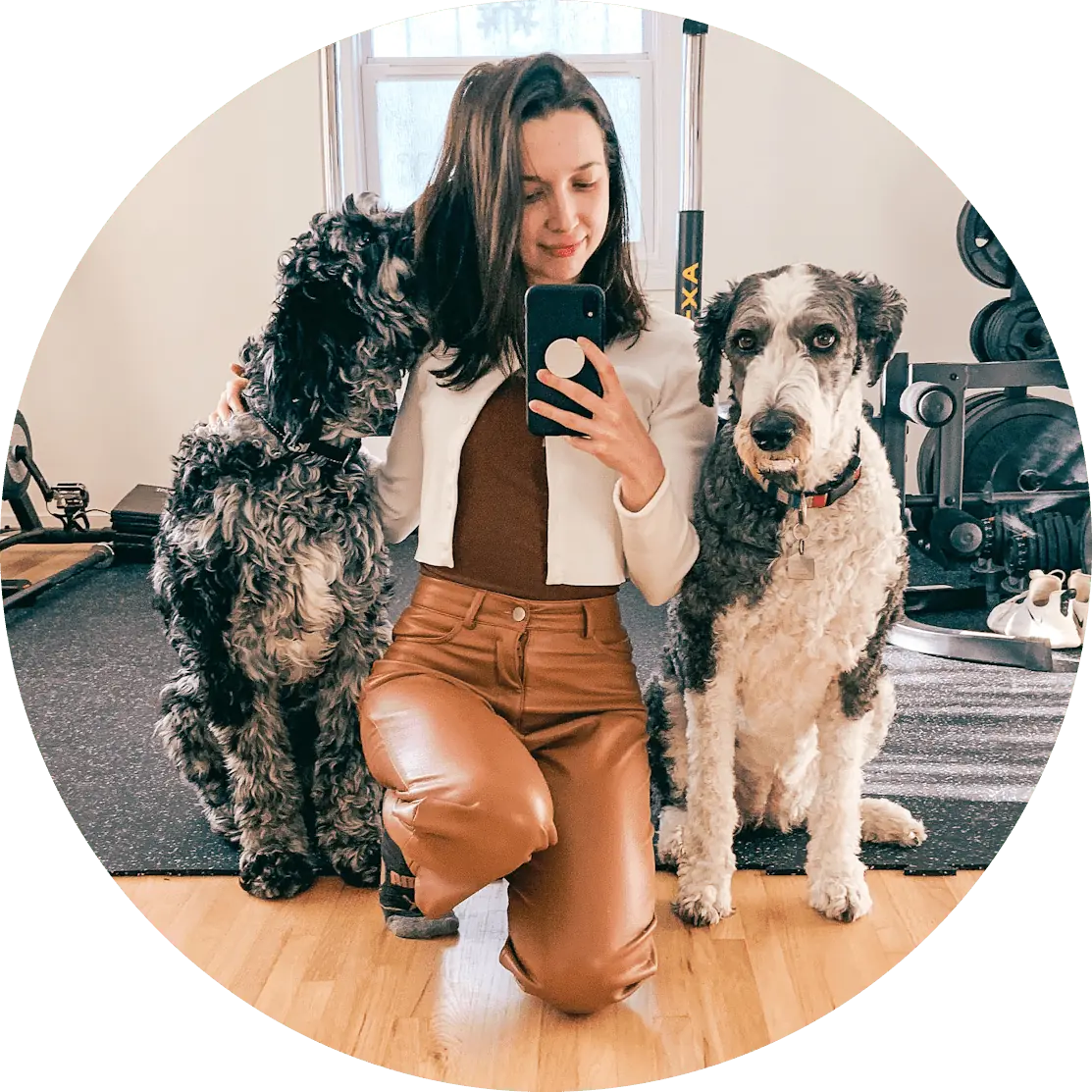
About the Author:
Dana owns a Sheepadoodle and a rescue merle Labradoodle. Her first dog growing up was a white Toy Poodle and she’s loved dogs ever since. She has years of experience fostering dogs and has helped find homes for a variety of different breeds, both large and small! After seeing so many dogs end up unwanted and in shelters, she began blogging about different dog breeds (specifically Doodle dogs, since that’s what she knows best) to help people make informed choices when adding a new member to their family.
When Dana’s not brushing her Doodles’ hair (it takes a lot of time for two!) you can find her playing nose work games and fetch with her two amazing pups.
Learn more about her here.

